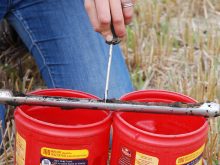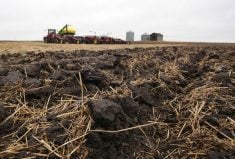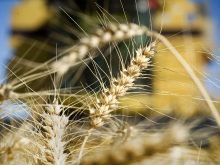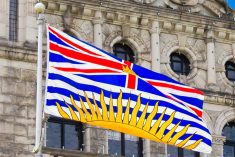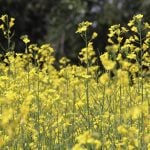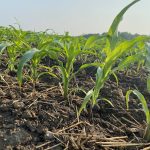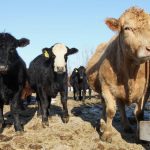The federal government has extended its tax deferral program for western Canadian livestock producers affected by drought and floods.
Producers who reduced their breeding herd by at least 15 percent will be eligible for a tax deferral on income earned from the sale of cattle and other livestock in 2009.
“This tax deferral will confirm our commitment to help the livestock producers in these challenging times as they readjust their cattle herd size to match the availability of feed supplies,” said Manitoba agriculture minister Stan Struthers in a December news release.
Read Also
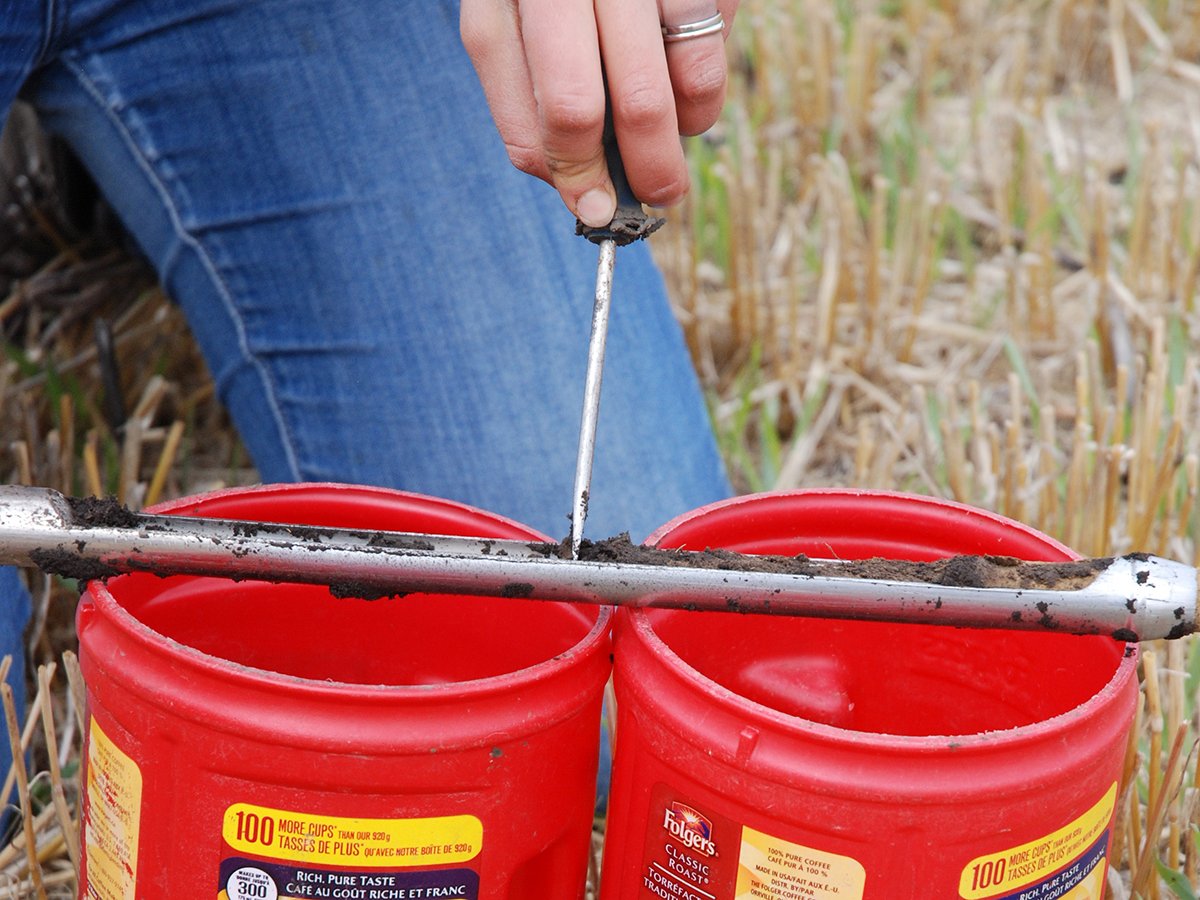
Federal government supports soil health strategy
Sophie Beecher, director general at Agriculture Canada, said at a soil conference in Winnipeg that the feds support the idea of a national soil health strategy.
The program has two rates of income deferral, depending on the size of the cuts to the herd:
The deferral is a continuation of a program for 2008 tax filings, but the latest announcement adds to the number of counties and municipalities eligible for tax relief.
In Manitoba, 20 flooded municipalities in the Interlake, Lac du Bonnet area and west of Lake Manitoba are now designated as tax deferral areas.
As well, 29 municipalities hit by drought in southwestern Manitoba have been added to the list of eligible areas.
In Alberta, producers in the counties of Grande Prairie, Northern Sunrise, Saddle Hills and Yellowhead and the municipal district of Opportunity can now apply for the deferral.
Agriculture Canada says 2,300 cattle producers in British Columbia, 21,000 in Alberta, 10,000 in Saskatchewan and 4,200 in Manitoba are eligible for the deferral.
A complete list of eligible locations can be found on Agriculture Canada’s Drought Watch website.





